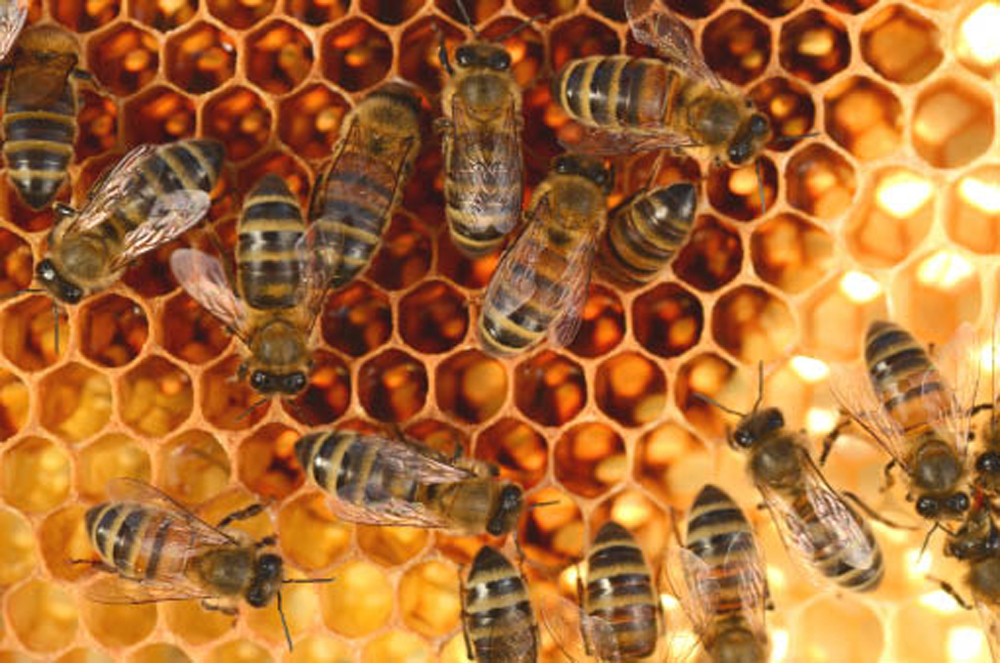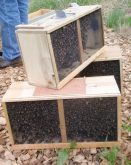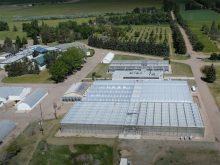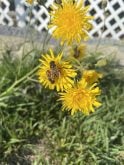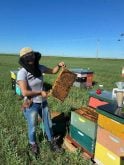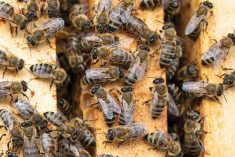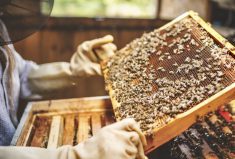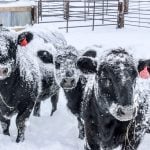Alberta honeybee losses over winter have yet to be tallied as beekeepers continue to collect data.
Rod Scarlett, executive director of the Canadian Honey Council, says full numbers will be known by late June.
“We’ve had some locations and operations that have been very good and overwintered losses of 10 per cent or less, and there are other operations where it would be 60, 70, 80 per cent losses,” he said.
Read Also
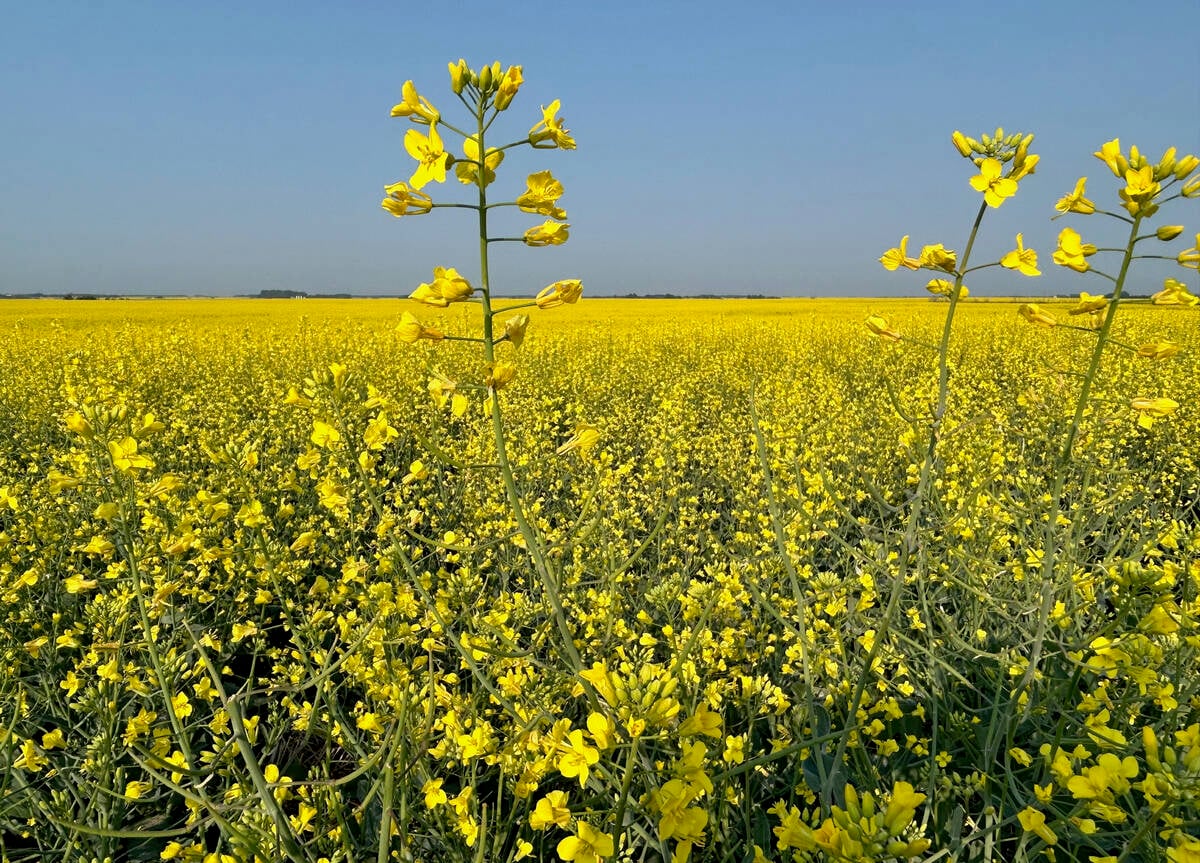
Want more canola bushels? Join a local research network
Joining a local group of farmers who conduct on-farm trials and share data is a great way to boost profitability, say agronomists in Western Canada.
“In general, it seems like southern Alberta fared a little better than northern Alberta. But my expectation is it will be around 30 per cent losses in Alberta, if not higher.”
Reasons for the difference vary.
“Some of it could be that operations that put in a new stock last year wintered better than some of the older stock. It could be feed. It could be varroa mites, diseases, and pests. No one can pinpoint exactly why the operations lose and don’t lose.
“There does not seem to be a real good explanation as to why. More research is needed,” he said.
Saskatchewan is expecting losses of less than 20 per cent and Scarlett said he’s heard of only one or two operations with heavy losses in that province.
“It’s a little bit different in Saskatchewan, because I think most of their operations run around the 2,000 to 3,000 colonies. Nobody knows why their losses are less. They’re far more intensive about raising their own stock. Whether or not that makes a difference, nobody can say for sure.”
The province has about 100 commercial operations and about 100,000 colonies. Alberta’s industry is much larger, and some individuals have 10,000 to 15,000 colonies.
There is little data from Manitoba so far.
“Out of the three provinces, it’s the province I’ve heard the least feedback about. From what I’ve heard, winter losses are about 25 to 30 per cent,” Scarlett said.
Alberta has had the highest overwintering losses in recent years, followed by Manitoba and Saskatchewan.
“Manitoba has had some pretty bad loss years in the past. Across the Prairies, I think 22-24 per cent losses is probably in the range of where we’ll land. The interesting thing, or the thing that may have made losses higher, is a couple weeks ago when we had that week of really cold weather.”
Many beekeepers had just moved their bees from indoor wintering facilities when the cold snap occurred. Fewer Alberta beekeepers overwinter indoors, but it’s not a significant difference, said Scarlett.
“In fact, last year, I think most people found outdoor wintered bees did better than indoor wintered bees.”
Honeybees are a small sector of agriculture and thus subject to a limited amount of research.
“Although we have some great research done, there are so many topics that need to be covered,” he said. “Traditionally, we looked at about 15 to 18 per cent overwintering losses as kind of an average. But that has changed and is significantly higher. If somebody in the cattle or hog fields doubled their losses from two to four per cent, there would be a huge outcry.”
Overwintering losses are now 25 per cent on average.
“It kind of goes unnoticed and it really has a big impact economically. But it will also have a big impact on the secondary components of beekeeping, which is pollination,” said Scarlett.
Beekeepers require commercial sugar for feeding, and the sugar shortage earlier this year may have had an impact.
“It may have meant that some operations and some beekeepers tried to cut it as close as they could,” said Scarlett. “You need to supplement, and in the fall, you need to make sure that they have feed to last through the winter. The only way to do that is through sugar supplements.”
The cost of sugar has increased dramatically and is the second biggest expense, after labour, for most commercial operations.
Scarlett said varroa mites continue to be a problem. Some beekeepers are using Apivar for control, while others use oxalic acid.
“What we really do need is another hard chemical that has good efficacy, and there are some potentials on the horizon. But beekeepers across Canada and maybe even across the world are getting to the point where they need it quickly.”


